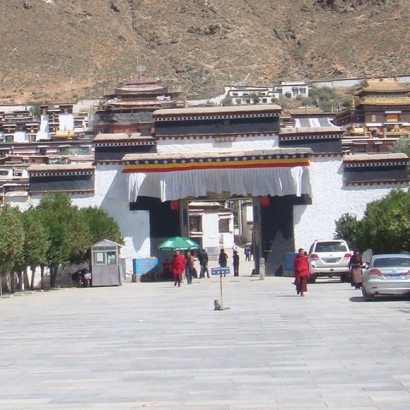Tibet is a plateau region in Asia, north-east of the Himalayas, in the People's Republic of China. It is the traditional homeland of the Tibetan people as well as some other ethnic groups such as Monpas, Qiang, and Lhobas, and is now also inhabited by considerable numbers of Han and Hui people. Tibet is the highest region on earth, with an average elevation of 4,900 metres (16,000 ft).
The region maintained its autonomy until 1951 when, following the Invasion of Tibet, Tibet was assimilated into the People's Republic of China (PRC), and the previous Tibetan government was abolished in 1959 after a failed uprising. Today, the PRC governs western and central Tibet as the Tibet Autonomous Region while eastern areas are mostly within Sichuan and Qinghai provinces.
The economy of Tibet is dominated by subsistence agriculture, though tourism has become a growing industry in Tibet in recent decades. The dominant religion in Tibet is Tibetan Buddhism, in addition there is Bön which was the indigenous religion of Tibet before the arrival of Buddhism in the 7th century CE (Bön is now similar to Tibetan Buddhism) though there are also Muslim and Christian minorities. Tibetan Buddhism is a primary influence on the art, music, and festivals of the region. Tibetan architecture reflects Chinese and Indian influences. Staple foods in Tibet are roasted barley, yak meat, and butter tea.
Tibet
-
 3 Packages
3 PackagesTibet Tour from Nepal





